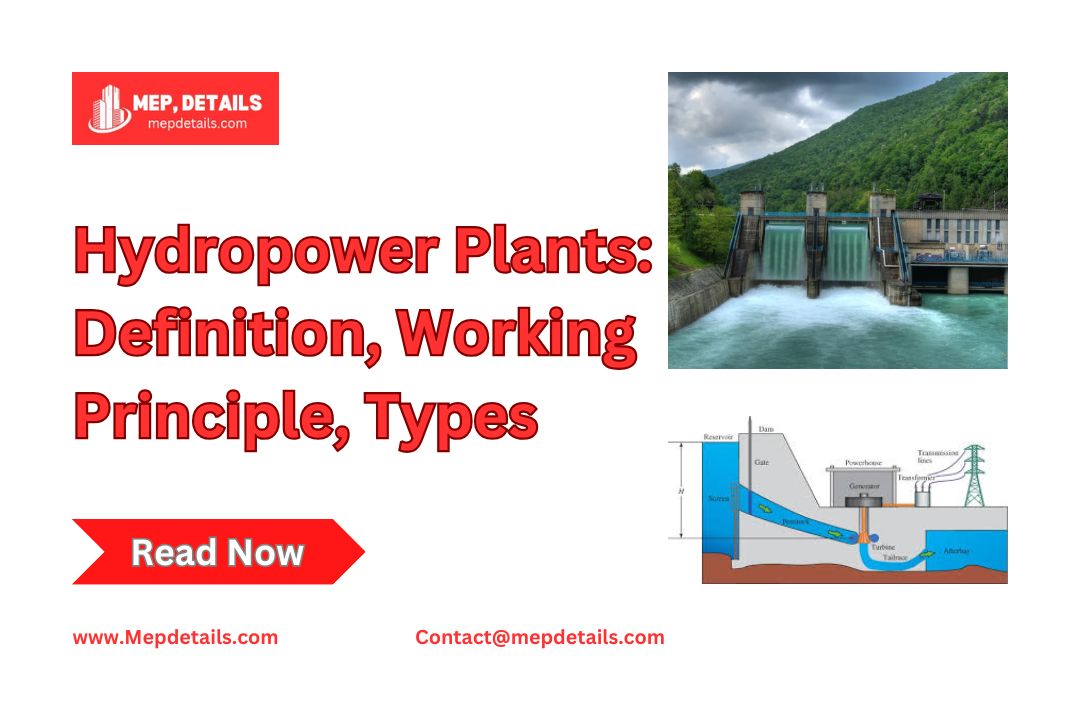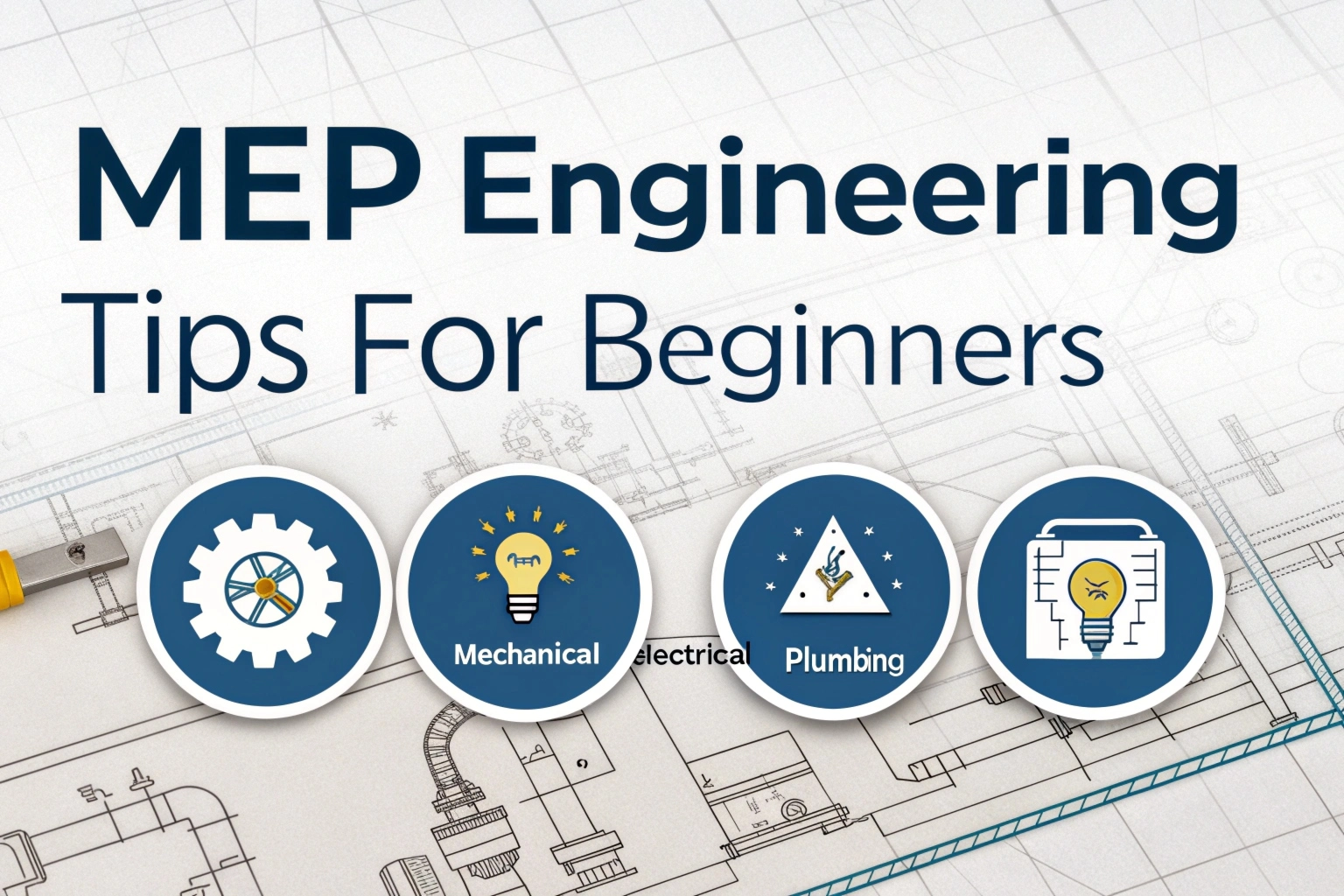A hydropower plant, or hydroelectric power plant, generates electricity by using the movement of water. Hydropower is a renewable energy source because it uses water as fuel, which does not run out. In 2023, hydropower plants had an installed capacity of 1,416 gigawatts (GW). The largest producers of hydropower in the world are China, Brazil, the United States, Canada, and India. In this article, we will look at how hydropower plants work and the different types and sizes of these facilities.
What is a Hydropower Plant?

A hydropower plant uses the energy of moving water from rivers and streams to produce electricity. These plants help create renewable energy, which supports sustainability and lowers greenhouse gas emissions. They not only help fight climate change but also work efficiently in different sizes. Some hydropower plants are small, while others can power entire regions with clean electricity.
How Hydropower Plants Work
- Water Catchment: Workers choose a good spot on a river or reservoir to capture moving water. They build a dam or weir to control the water flow.
- Water Conveyance: The water moves through pipes or channels that guide it to the hydropower plant.
- Turbine Activation: The flowing water reaches hydraulic turbines, making them spin.
- Power Generation: The spinning turbines connect to electric generators called alternators. As the turbines turn, they produce electricity.
- Current Transformation: The electricity from the alternators is alternating current (AC) and usually has low voltage. A transformer increases the voltage for long-distance transmission.
- Transmission and Distribution: High-voltage transmission lines carry the electricity to where it is needed. An electrical substation often lowers the voltage before sending it to homes and businesses.
- Control and Regulation: Hydropower plants have systems that monitor and adjust the water flow and electricity production. This keeps the energy supply constant and stable.
- Energy Storage: Some hydropower plants can store water in a reservoir. This allows them to adjust water flow and electricity generation based on demand, making them a flexible energy source.
Types of Hydropower Plants
Hydropower plants come in three main types: impoundment, diversion, and pumped storage. Some use dams, while others do not.
Not every dam was built for hydropower, but many help generate renewable energy. In the United States, over 90,000 dams exist, but fewer than 2,300 produce electricity as of 2020. The other dams serve purposes like recreation, irrigation, flood control, and water supply.
Hydropower plants can be small enough to power a single home or village, or large enough to supply electricity to utilities.
Impoundment
The most common type of hydropower plant is the impoundment facility. This type uses a dam to store river water in a reservoir. When operators release water from the reservoir, it flows through a turbine. The turbine spins and activates a generator to produce electricity. Operators can release the water based on electricity needs or for other purposes, like flood control, recreation, fish passage, and maintaining water quality.
Diversion
A diversion facility, sometimes called a “run-of-river” facility, channels part of a river through a canal or penstock to generate energy. A penstock is a closed pipe that carries water to turbines, and the flow of water is controlled by gates and valves. A diversion facility may not need a dam.
Pumped Storage
Pumped storage hydropower (PSH) acts like a giant battery. These facilities can store electricity generated by other sources, such as solar, wind, and nuclear power. They do this by moving water from a lower reservoir to a higher one.
When electricity demand is low, the facility pumps water to the upper reservoir. When demand increases, the water flows back down to the lower reservoir, turning a turbine and generating electricity.
Sizes of Hydropower Plants
Hydropower plants come in different sizes. Some are large and provide electricity to many customers, while others are small or even “micro” plants that individuals operate for their own energy needs or to sell power to utilities.
Large Hydropower
The Department of Energy (DOE) defines large hydropower plants as those that can produce more than 30 megawatts (MW) of electricity.
Small Hydropower
According to the DOE, small hydropower plants generate between 100 kilowatts and 10 megawatts.
Micro Hydropower
Micro hydropower plants have a capacity of up to 100 kilowatts. These small systems can supply enough electricity for a single home, farm, ranch, or village.
Conclusion
Hydropower plants play a vital role in generating clean and renewable energy. By harnessing the movement of water, they help reduce greenhouse gas emissions and combat climate change. These plants come in various types and sizes, from large facilities that power entire regions to micro plants that meet local energy needs. The flexibility of hydropower allows it to adapt to changing energy demands, making it an essential part of a sustainable energy future. As we continue to seek renewable solutions, hydropower remains a reliable and efficient choice for generating electricity worldwide.
FAQs
What is a hydropower plant?
A hydropower plant uses turbines that spin when water flows down from a reservoir. This movement creates electricity. Hydroelectricity comes from the force of gravity acting on falling water.
How does a hydropower plant work?
Hydropower works by using water to turn turbines. There are two main types of hydropower plants: those with dams and reservoirs and those without. Dams with large reservoirs can hold water for short or long times to help meet high energy demands.
What is hydropower, and how do we use it?
Hydropower is a renewable energy source. It generates energy by using the water cycle, which the sun drives, making it sustainable. Because hydropower uses water, it is a clean energy option.
Why do we call it hydropower?
We call it hydropower because it comes from the use of falling or fast-moving water to create electricity or power machines. This process changes the energy from gravity or movement of water into usable power.
Read More – Dealing With Water Hammer: What You Need To Know













